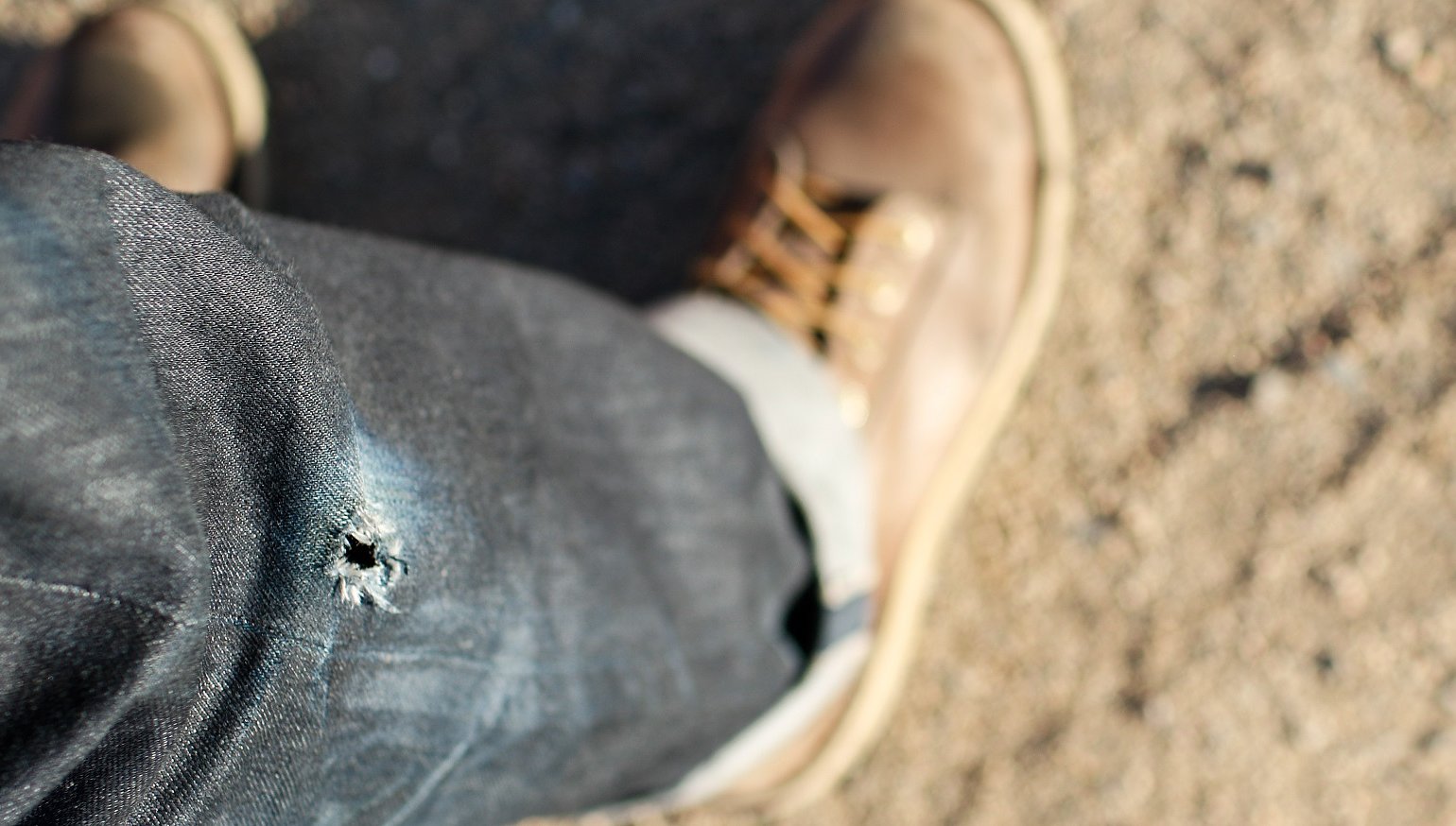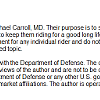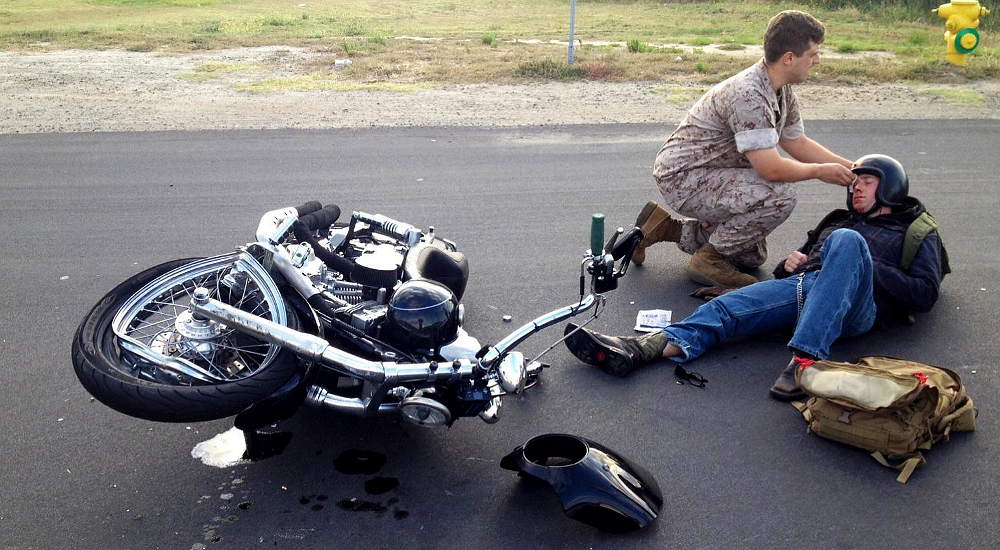Many people say there are two kinds of riders out there: those who have fallen and those who have not fallen yet. Whether you believe that or not, we can probably agree that the most common injury from a motorcycle crash, even a minor one, is road rash.
What’s road rash? The name is pretty self-explanatory. You fall at a given velocity and your skin is injured. To go into a bit more detail while avoiding complex medical terminology, road rash is a disruption in the outermost layer of the skin as a result of a friction-producing shearing force. The resultant injury can be quite variable and range across a broad spectrum in severity. This is based on numerous factors, such as the surface you fell on, how fast you were going and the level of personal protective equipment (PPE) you were wearing.
First aid for road rash
The obvious recommendation is to have your injury (or injuries) checked out by a doctor so that they can be properly managed. Calling an ambulance is important if you have other injuries, such as profuse bleeding, difficulty breathing, or if you hit your head.
But, if you find yourself in a situation where you’ve now joined the “fallen” group and your injuries are limited to some road rash that is not severe, some basic wound management skills can be helpful. That’s also the case if you can’t immediately see a doctor (maybe you’re off-roading in a remote area) or won’t see a doctor (maybe you have a possibly unhealthy passion for DIY, including medical care).
Step one is the same for managing any accident scene: get to a safe area. That means yourself, first, if you have no serious injuries, and your bike, second. I know you love your machine, but you can’t love it if you are not alive, so get yourself to a safe location, off the road and visible, first, and then move your bike, if possible.
Step two is examining the wound, either yourself or by someone else. If it is bleeding a lot, you’ve lost sensation to the area, something is hanging off somewhere, or the wound is deeper than just surface abrasions, please use common sense and get to a hospital emergency department. Also, if you are concerned that you will no longer be beautiful if it heals poorly (head, eyes, hands, personal parts), you need professional medical attention.
If the wound doesn’t rise to those levels of severity, then it’s time for step three: cleaning it. Clean the wound thoroughly with warm soap and water. Think you’re done? Clean it again. If there is any dirt left, then it is not clean enough. Use a wash cloth or sponge to really get it out, if needed. Anything left in there is a possible source of infection, which is the bad guy in the story with injuries. If you cannot get it completely clean on your own, you’ll need to have your doctor clean it.
Step four is inspecting the wound again. If bleeding is occurring, press a clean cloth or bandage against it for up to 20 minutes. If bleeding persists after 20 minutes or your post-cleaning examination reveals the wound is deeper than you thought, get medical attention.
The final and fifth step is keeping the wound clean and treating it. Keeping it clean is the most important thing for proper healing. If you need to cover it to keep it clean, go ahead and throw an appropriately sized bandage on it. Don’t keep it “open to the air” if it will get dirty. If you want to put some sort of therapeutic product on it, we generally say a petroleum jelly or antibiotic ointment can be helpful. Studies don’t show that one is necessarily better than the other, but what we do know is that wounds do like to keep themselves moist, which is why these products are can be awesome. Lather that stuff on. This dressing can be repeated a couple of times per day until the wound is healed.
Repeat steps above as needed to keep it clean and healing. Don’t pick at the scab — that’s helpful healing tissue that will help avoid infection and ugly scarring. One more thing to consider: If you haven’t had one in recent years, you might also need a tetanus shot.
When should I be worried?
What should you watch for while the wound is healing? The quadfecta of naughty wounds: redness, drainage, hotness, and pain. If any of these problems develop, get medical attention.
- Redness: spreading redness around the area, uncontrolled bleeding (blood is also red)
- Drainage: oozing gross stuff (pus), bleeding (also drainage)
- Hotness: if the wound feels progressively more warm or you get a fever
- Pain: of course it hurts at first, but it should start getting better after a day or so
We all make mistakes, and it’s also possible to have a crash and injuries through no fault of our own. The best way to avoid road rash and the painful process of treating it is to wear personal protective equipment. My father used to repeat to me the old saying that "An ounce of prevention is worth a pound of cure," and he wasn't wrong. Also, prevention is less painful.









